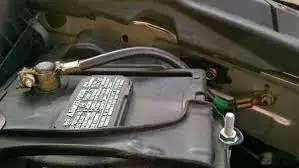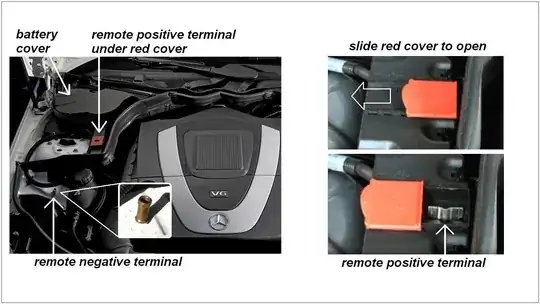I recently found out that when jumping a car, you should not connect the black connector to the recipient vehicle's battery, but rather to a grounded point on the car. The expressed purpose is to avoid a spark near the battery, which may potentially be producing hydrogen gas. Some have argued that you can connect to anywhere on the frame. Others have expressed problems with this (probably due to thin grounding wires) and recommend attaching to the engine block.
As an electrical engineer, I am taught to never rely upon a body ground to transmit current. There's plenty of issues with doing this, including the fact that mechanical connections and grounding wires are rarely designed for the high amperage. But this seems to be a special case.
Do automotive manufacturers plan for this sort of jump start as part of their requirements? For example, this would mean making sure that there is a sufficiently robust connection between the engine body and the ground side of the electrical circuitry to handle that sort of amperage. Arguably this connection would need to be as low of a gauge wire as the wires to the starer motor themselves.

